
Want to learn how to start a blog? This post will teach you everything you need to know to start a blog in 2022 and beyond!
When I decided to start a blog back in 2008, I had no idea where it would take me.
Over a decade later, I can honestly say that starting this blog was one of the BEST decisions I’ve ever made.
Mind you, it’s been through a LOT of changes. I’ve had three URLs (a mistake that I learned from), at least 10 different designs/layouts, and updated topics and categories over the years. However, what’s remained constant is having a place to share what I’m best at—writing recipes and teaching online business—that attracts millions of visitors each year.
When’s the best time to start a blog?
NOW. Yes, now. Like, today. Even if you don’t have 100% clarity on what you want your blog to be or look like, that’s ok. It will constantly evolve, grow and change with you, and that’s a good thing.
Here’s why now is the best time to start a blog:
- Google loves history: 70% of all web traffic comes from organic Google searches. Meaning, people land on a webpage from searching on Google (not from social media or another link). And, Google loves a good blog post with HISTORY. That means that the sooner you start blogging, the more time you’ll have to build that history. Imagine if you would have started your blog a year ago—or even six months ago! You’d have all that history under your belt.
- Your blog will grow and evolve with you: I can’t stress this enough—no one really has their blog 100% figured out from the beginning. So many people tell me they want to start a blog, but hold off because they aren’t totally sure what their niche is or how to blog. We all start that way! Once your blog is up and running you can make as many tweaks as you want. Let it grow and evolve with you. Clarity comes from ACTION, not just “thinking about doing it someday.”
- Once you have a blog and start to gain traffic, your options are endless: There are tons of ways to monetize a blog, either through selling your own products or courses, utilizing affiliate programs, allowing an ad network, or doing sponsored posts. But here’s what most people miss: get the blog up and running before you decide which of those you want to do! Getting your blog up and running is what will allow for the rest of those things to happen. Don’t put the cart before the horse. Start your blog now. Also, if you happen to already have an online course or business, that’s great. You can start blogging now to increase your organic reach. My online courses get thousands of free leads via organic Google searches landing on blog posts, and you can, too.
Now that you’re ready to start a blog, you have two options:
- OPTION 1: Do it yourself. It’s actually pretty easy, and I give you the exact steps below. I had no money when I started so I literally did it all myself. I just Googled each step or used the free tutorials on the provider’s website and made it happen.
- OPTION 2: Outsource the technical piece of getting up and running. This has become so much easier over the last five or so years. If the tech stuff stresses you out, or you just can’t figure something out, you can hire someone inexpensively on Fiverr or Upwork to do it for you.
Whichever you choose, below are the 10 steps you need to take to get you started. I suggest doing one each day for 10 days if you need to squeeze this in on the side. Or, you can really get all of this done in a day if you sit down and binge through it.
If you do it yourself, you should be able to start a blog for around $100 or less. You’ll have to pay for hosting (the big server that “hosts” your blog) and a few other elements, but in general, most things are free or very inexpensive to start a blog.
Steps 1-9 here are all (mostly) one-time things. Sure, you’ll update your design over the years and may upgrade the technical aspect, but most of these are things you just have to do once. From there, you’ll just be on step 10 (the fun part!)—writing posts to update your blog.
How to Start a Blog in 2022
Step 1: Choose your blog purpose and niche
The best blogs have a specific purpose and niche. One of the biggest roadblocks people run into is that they want to put too much on their blog, and that’s ok! It’s easy to overcome this hurdle.
There are two types of niches: a topic niche (e.g. recipes, parenting, travel) or a demographic niche (e.g. millennials, small business owners, people over 50, successful women in their 30’s). Whatever you choose, just be sure to choose something that excites you. For me, that was teaching people how to make healthy food at home, hence, my recipe blog.
Years later, I added blogging and online business as a secondary topic for this blog because that’s what my audience started asking for, but remember, I’ve been blogging for over a decade. Just choose one thing your blog will be about.
Think of your blog niche like the style of your home. You may have a farm in the country, condo in the city, suburban rambler or cabin on the lake. Each provides something different. Not all homes can be all things. Your blog doesn’t have to try to be all things, either.
Step 2: Register your domain (URL)
This is where you pick your web address (aka URL). Just like your home has an address, your website has one, too. I highly suggest using your name because you will grow and evolve and using your name as the URL will allow you to do that. GoDaddy and Bluehost are both places you can register your URL. If you already have a domain, you can go to step 3. If not, register it with Bluehost when you get your hosting (explanation and discount below).
Tip: If you want to use your name and it’s taken, no sweat! Add “the” before your name (e.g. theelizabethrider), use a dash (e.g. elizabeth-rider), add a word at the end that describes your topic (e.g. elizabethriderrecipes or elizabethriderwellness), or simply use .net or .co.
On one hand, you want to put thought into your URL because if you ever change it, you lose your Google history. I started with wholeeatingblog, then changed to wholelivingblog before I got smart about seven years ago and changed to elizabethrider.com. I wish I would have started with my name from the beginning, and I’m so glad I changed it back then. On the other hand, don’t overthink it! Don’t let little things like this stop you from getting started. Your content is what will get your blog found, not your URL. More on that later.
Step 3: Select your platform & hosting to start a blog
“Platform” and “hosting” might sound too technical, but they’re actually quite easy.
Platform:
Platform refers to the software you use to operate your blog. Think of the platform like the architectural plans of the house. It creates the internal workings of your site.
Some people use Squarespace but the gold standard is a self-hosted Wordpress site. I can’t stress this enough—if you want people to find your blog via organic Google searches (hint, you do!) then use a self-hosted Wordpress site (NOT Wordpress.com).
Squarespace is great if you’re a local business (e.g. restaurant or salon) and you simply want an easy, beautiful website and plan to blog a give customers extra value. However, if you in any way want to start a blog to build, grow and/or monetize blog traffic, you need to use a self-hosted Wordpress.org site. Other platforms include things like Wix. But again, I highly recommend self-hosted Wordpress. The Wordpress software comes free with your hosting package.
Hosting:
Hosting refers to the service provider that has the server that “hosts” your website. Think of the host like the utility companies of your site, providing the electricity and power that make it run. Companies like Bluehost and Hostgator have great inexpensive plans. I used Bluehost for the first five years of my blog (use this link—I scored you a discount to get it for only $2.95/month). Once my traffic really started to increase, I graduated to WP-Engine, which costs a little more but is faster.
Bluehost has very easy installation instructions to connect your URL and to install Wordpress. You’ll purchase your plan (again, use the discount I secured for you by clicking this link), then follow their instructions to install Wordpress (usually a few clicks on their dashboard). Then the internet elves work behind the scenes in a matter of seconds and BOOM, you have a self-hosted Wordpress site!
Step 4: Install Your Theme + Plugins
Theme:
Now that you have your niche, URL, and hosting set up, it’s time for the fun part of starting a blog—the theme! A theme is the design of your site. Both Squarespace and Wordpress use themes. There are 1000’s of pre-made, ready-to-use themes available on the internet.
For a more advanced (best) version, I suggest a Showit theme by Tonic Site Shop (I especially like their Margarita and Cosmopolitan themes.) Showit is an add-on to Wordpress. If you’re tech-savvy or want to outsource it, then I recommend it to use one of Tonic’s themes.
For an inexpensive option, I suggest either DIVI theme from ElegantThemes or Soledad (a very simple Wordpress theme). All of the Elegant Themes themes are great and you can’t go wrong with any of them, but DIVI is highly customizable and comes with awesome features if you want a specific recommendation.
Plugins:
In Wordpress, a plugin is an additional piece of software that adds functionality to your theme. They are easy to install via the “plugins” section on your Wordpress dashboard.
At a minimum when you start a blog, be sure to install these free & easy to use plugins right away:
- Google Analytics, so you can see stats on your posts and how many people visit each page (connect to your Gmail/Google account for free)
- Yoast SEO, so you can understand how to optimize your posts
- I also recommend Smush (re-sizes images to load faster) and Akismet Anti-Spam
- Extra: Connect to your email service provider (this is a more advanced step). I recommend ConvertKit if you’re just getting started (Click here to get 30 days free or their free plan.)
If you plan to have a recipe blog, TastyRecipes is by far the best recipe plugin. Check out one of my recipes, this plugin is what creates the pretty box around the recipe with the ability to print it.
Each plugin has its own free tutorials if you need help using them. You’ll add additional plugins as you need them in the future.
Step 5: Customize your theme & design elements
Now that your theme and basic plugins are installed, it’s time to get creative and customize your theme. This is like decorating your house to get it ready to move in now that it’s built and functioning. If you struggle with design, you can easily outsource this on Fiverr, Upwork, or by asking in a Facebook Group like my Be Seen Blogger members’ group.
In general, choose 3 main colors and 2-3 accent colors in the same color family, and 2-3 fonts that look nice together. Some themes already have these things pre-programmed into them to make it even easier.
Step 6: Create Your Homepage
Think of your homepage as your curb appeal—it’s the collection of everything you’d want a blog reader to know and see about you. While most people will land directly on a post from organic traffic (i.e. the first page they see will be a blog post if they find you on Google), most people will click to your homepage to see what you’re about.
Your homepage generally contains a header with an image of you, a place for people to subscribe to your email newsletter, your most recent posts, and links to any products or services you may offer. I also highly suggest adding your most visited (e.g. popular) posts to your homepage once you’ve been up and running for a little while so people can go directly to what’s popular (another reason to be sure to install the Google Analytics plugin from the get-go.)
Step 7: Create other Static Pages
When you learn how to start a blog, you have to learn about static pages.
A static page on your site is a page that is not a blog post. Your homepage, about page, and contact page are all static pages. If you decided to sell things, a store or a sales page would also be examples of static pages.
When you’re just starting out, the only four static pages you’ll want to complete are your homepage (e.g. elizabethrider.com), your blog layout (e.g. elizabethrider.com/blog), your about page so people can learn more about you, and why you started your blog, and your contact page (most themes come with an easy one built-in).
Step 8: Organize your categories & tags
Now we’re getting to the good stuff! Your categories and tags make it easy to keep your blog posts organized for both you and your readers. The internal workings of your blog will rely on how you categorize and tag posts to show posts on certain pages. Think of categories as the high-level topics of your blog. I suggest having 3-5 categories when you first start out. Then, use tags to further identify topics in each category. For instance, “recipes” is a category on my blog, and “gluten-free,” “dinner,” and “chocolate” are all examples of tags.
Step 9: Create your content calendar
I suggest publishing a new post once per week. One post per week is a great flow for you as the blogger and keeps your readers interested as well. If anything, one every two weeks also works.
You can use a spreadsheet, calendar on your computer, or written planner to plan your content—use what you normally use to plan your schedule. When you’re first starting out, think ahead four weeks or so. Every person is different in this regard. There isn’t one perfect way to create a content calendar. Simply think ahead to what you want to post and what will serve your readers most.
Remember, you don’t have to be perfect! Consistency and perfection are two different things. Be consistent, don’t try to be perfect.
Step 10: Write your first post
Ta-Da! You did it. Just like a completed home, you’ve learned how to start a blog. Your blog is now ready for you to move in.
It’s time to write your first post. Like everything else I’ve said here, don’t overthink it too much, the chronological timing of your posts doesn’t matter a ton.
Here are a few important things to consider when writing a post:
-
- Blog posts are generally 500 – 2000 words. I draft my posts in Google Docs and use the word count feature in the menu dropdown to see where I’m at. Remember, your reader just has a few minutes to read each post. Stick to 500-2000 words, with 800-1500 being around the sweet spot.
- Use a lot of paragraph breaks, headings, bullets and numbers in your post to make it easy to read on a computer or mobile device.
- Use Grammarly (you can install it in your browser, and there’s a free version!) to check your spelling and grammar as you go. It’s a lifesaver.
- Stick to 1 (only one!) topic per post—do not be tempted to write a “college thesis” type post. That will overwhelm both you and your reader. Don’t go on tangents and stick to one topic. For example, “Balancing Female Hormones” is probably too broad of a topic and the post will be too long. Instead, write “How to Balance Estrogen” or “How to Know if Your Cortisol Is Off.” If you want to connect dots or pull another point in, write a new post about it and link to the respective posts for your reader.
- Consider a series for a topic with multiple points, with each point being a different post. In the example above, you could write “The 10 Steps to Balancing Your Hormones Series” and make each of the 10 steps its own post. My Natural Beauty Series and Epstein-Barr Healing Series are good examples of how to do this. Notice how I created different posts for each point and link each of them together in the body of the post.
Tip: Post as much as you can in the beginning to start building your archive of posts. If you have a lot to say, then say it! You don’t have to hold posts and only post once per week. If you you’re the type of blogger who posts pour out of, then post away. If you want to take it slow and just do one a week or every few weeks, then that’s ok, too.
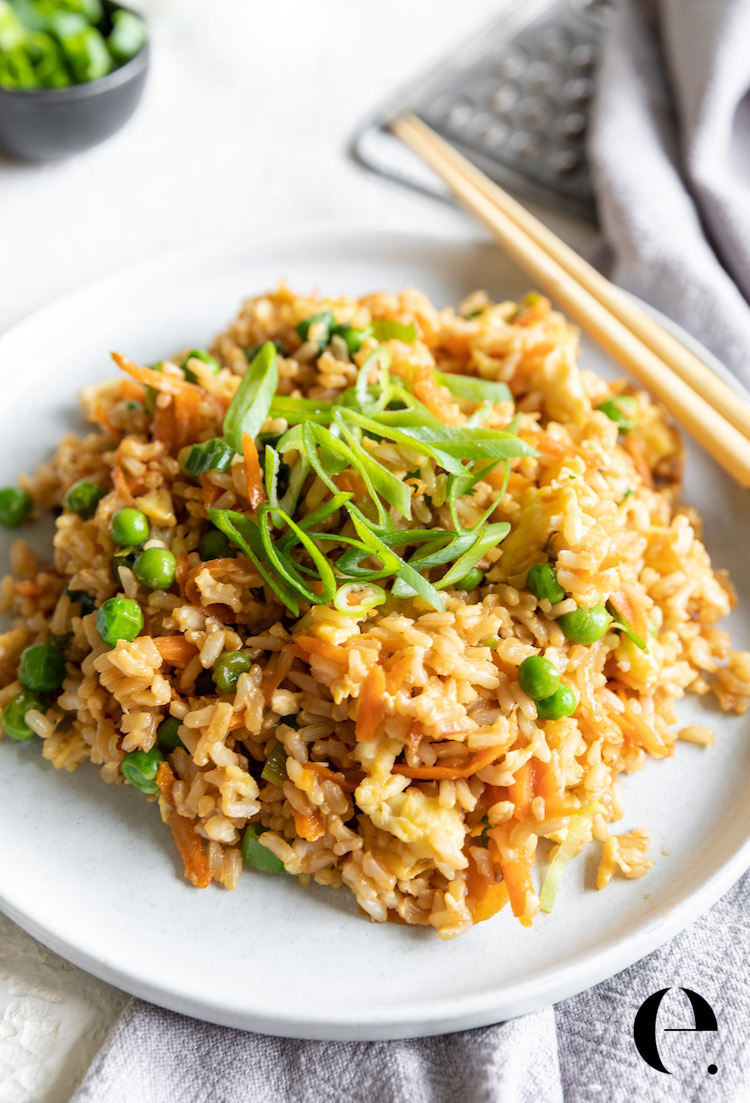
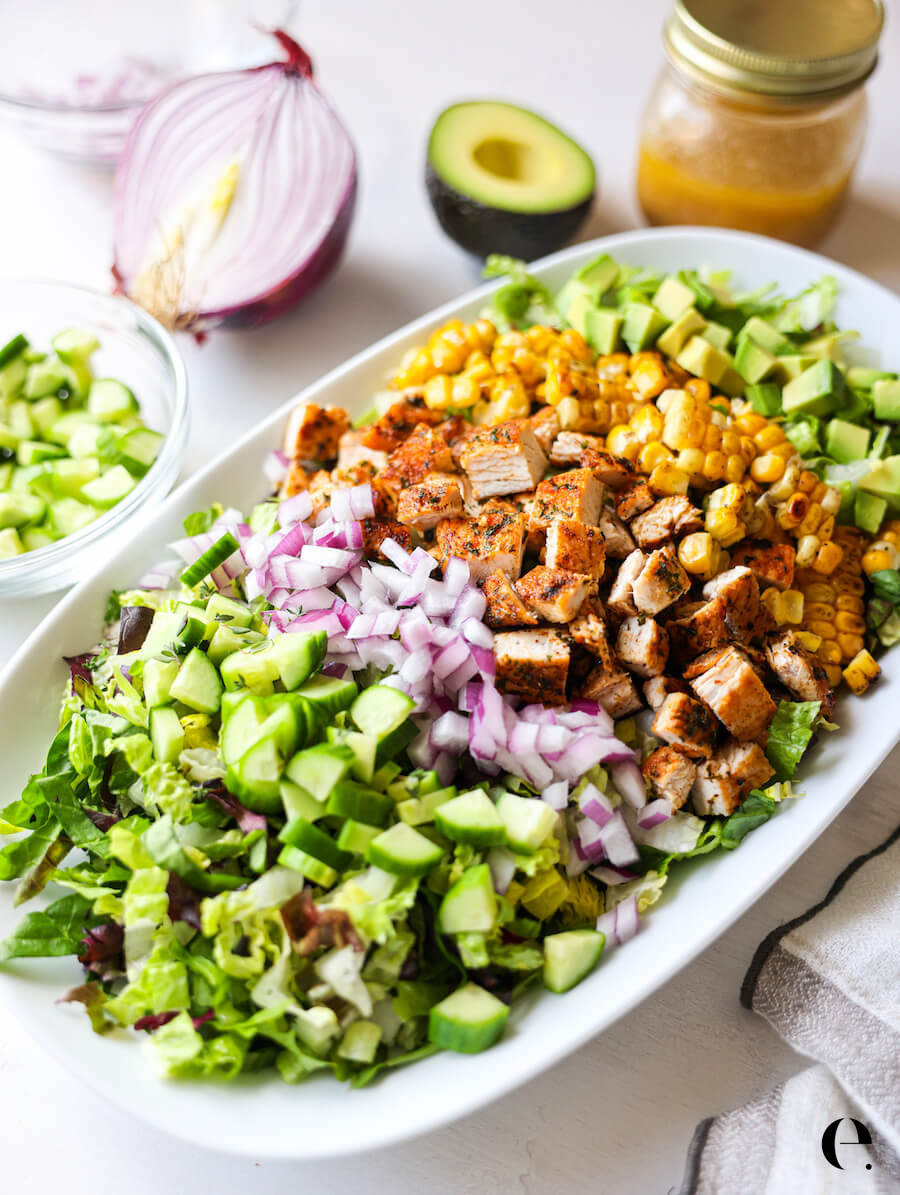
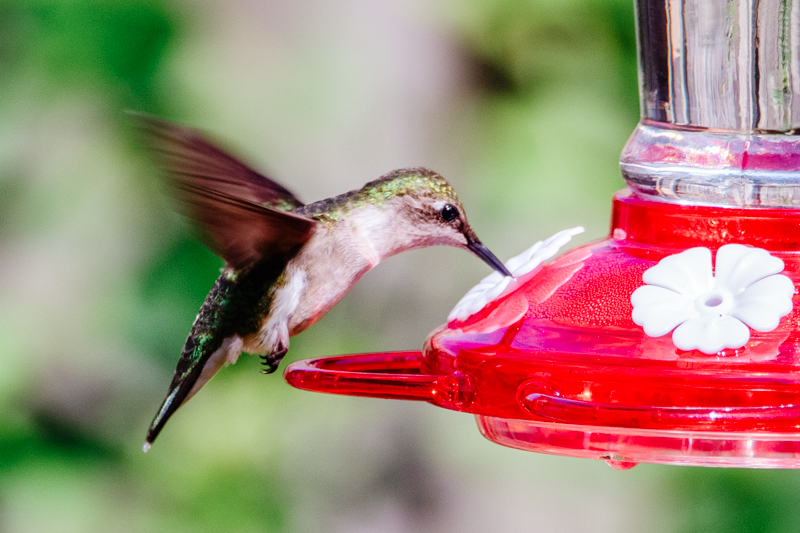
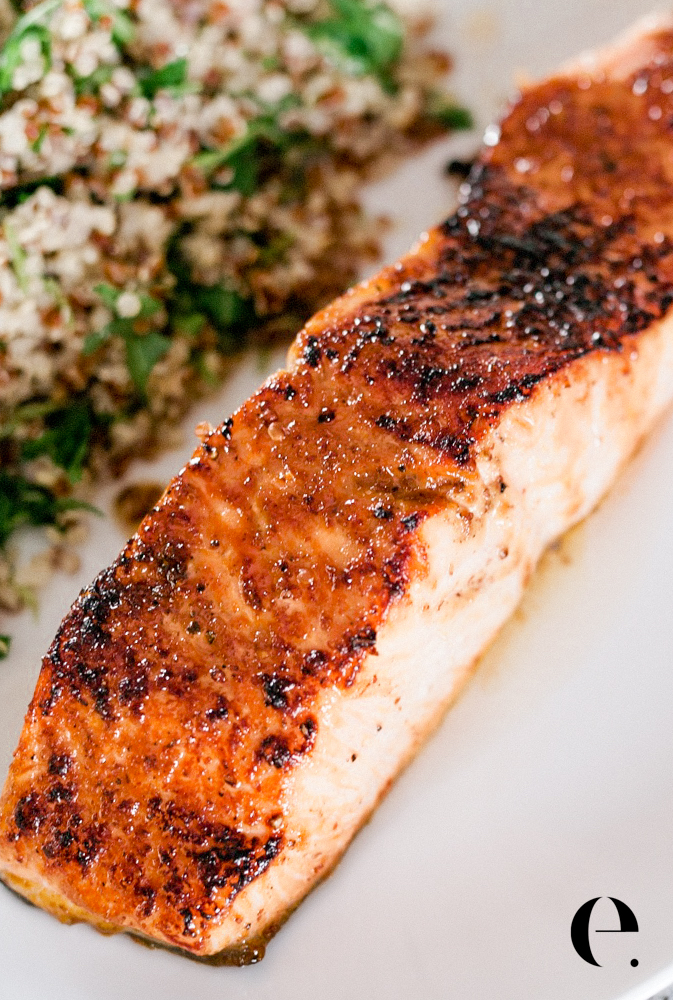
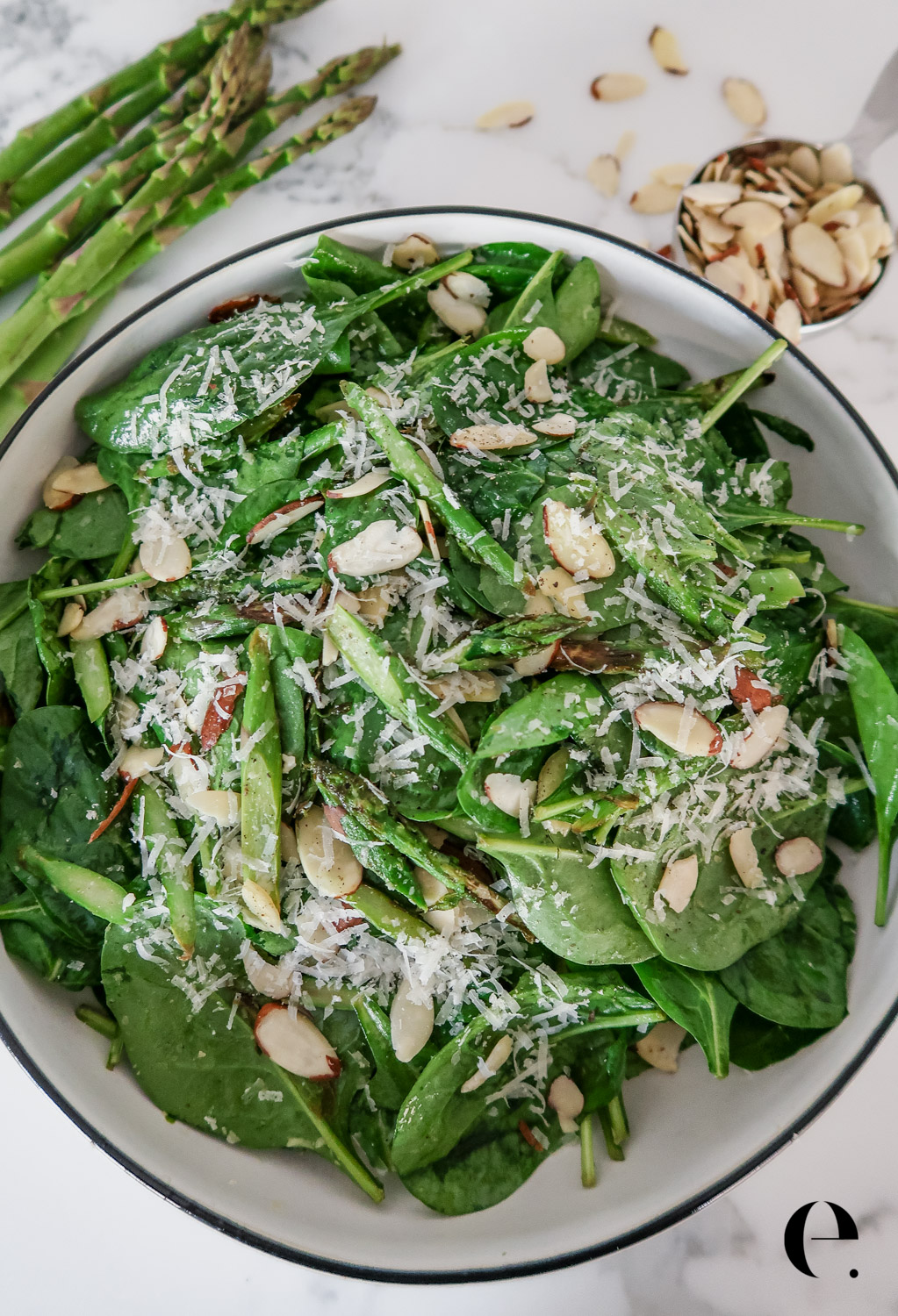
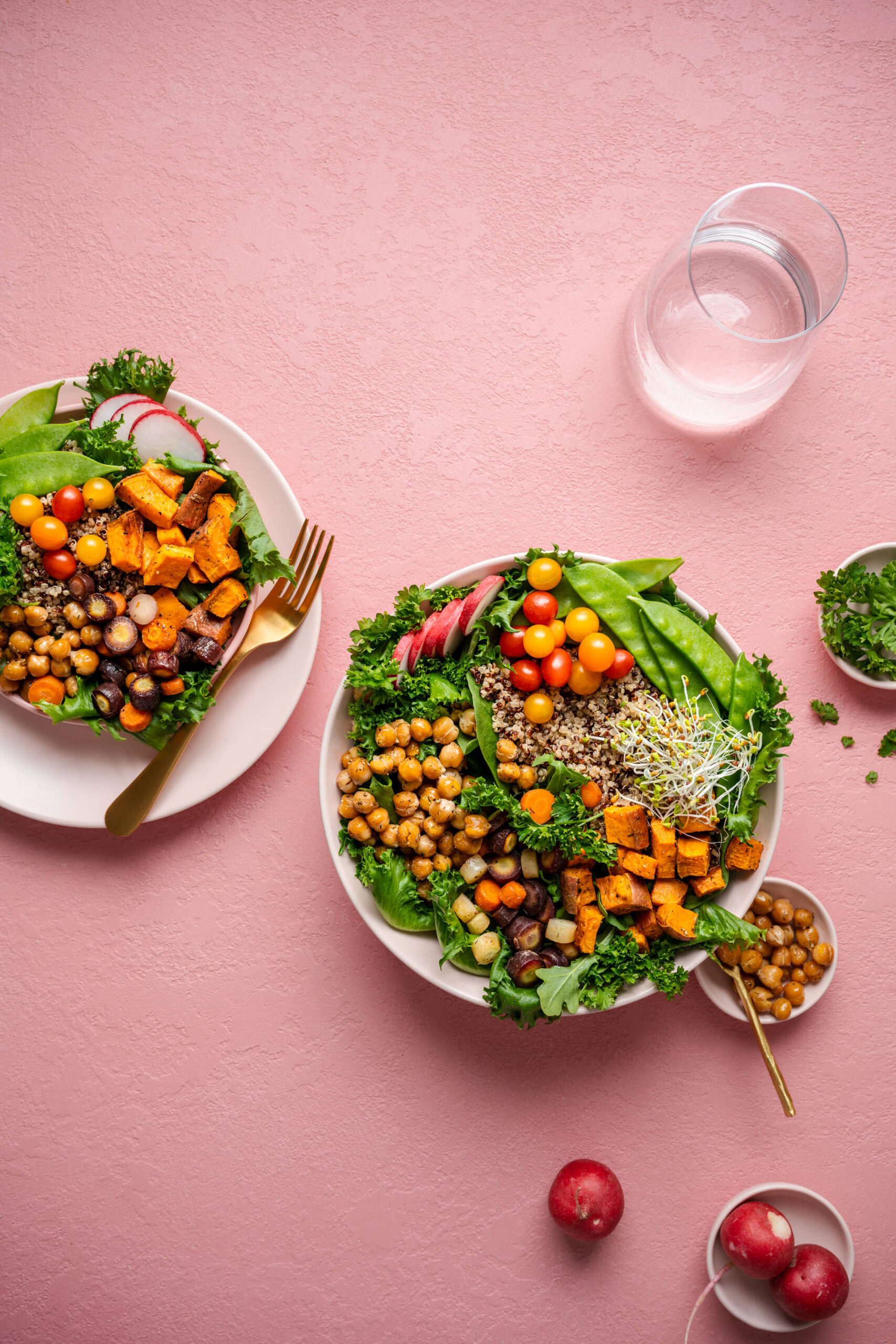
Thanks for sharing how to start a blog! Very helpful!
Just started up my own blog and this is so helpful. Thank you!